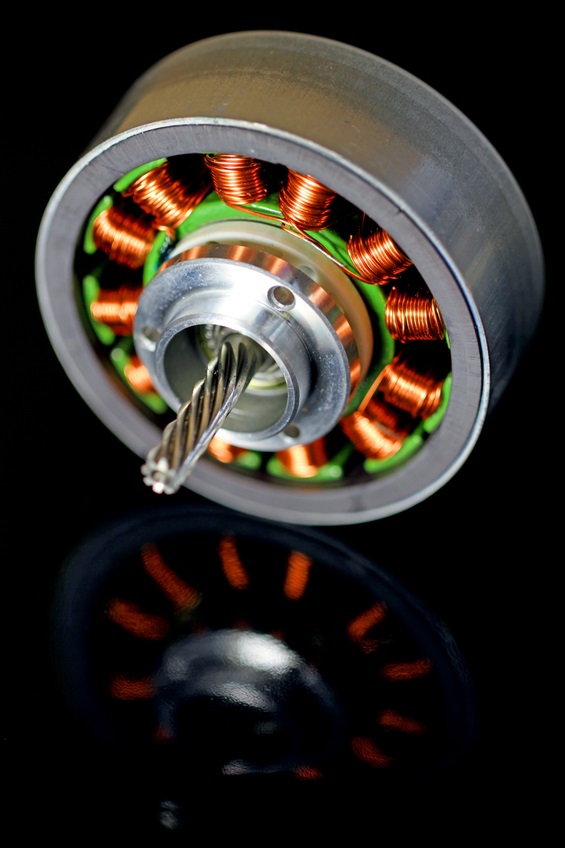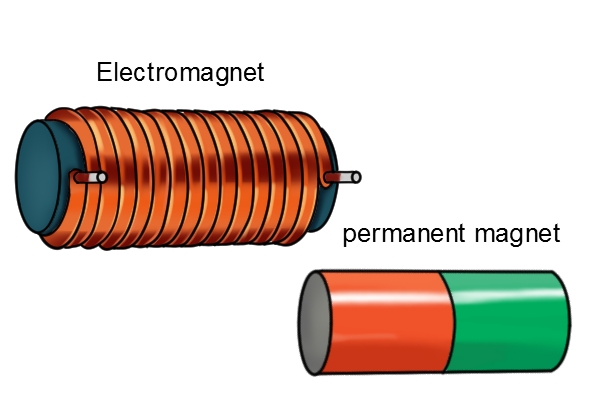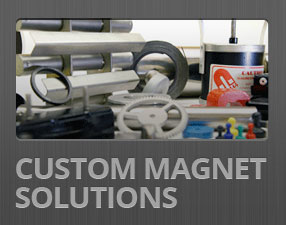How to choose the most cost effective magnets for your application
The equipment making your industrial process work needs to:
- Last long.
- Maintain quality.
- Provide good value for the investment.
- Help your business turn a profit.
Choosing the most cost effective magnet for your application means you get the right balance of each, so your business can keep production moving and money coming in.
What are the most cost effect metals for a magnetic circuit?
 Solid steel is the most financially prudent choice for a magnetic circuit. The mass of material needed to carry flux between the far poles of an assembly make any other material prohibitively expensive. No supplier should recommend anything other than solid steel for the frame of static field devices.
Solid steel is the most financially prudent choice for a magnetic circuit. The mass of material needed to carry flux between the far poles of an assembly make any other material prohibitively expensive. No supplier should recommend anything other than solid steel for the frame of static field devices.
Pole sections are there to redistribute and redirect flux over the surface of the gap, and require materials more suited to this than basic steel. Low carbon steel is ideally composed to perform the duties of pole pieces. The steel should be hydrogen annealed after machining.
If size is a concern, smaller pieces composed of a 50/50 iron-cobalt material do the job better than anything else. It is more difficult to source and comes at a higher cost than other materials, but niche equipment always comes at a premium – and this is the best value you can get for small circuit poles.
Other common magnets and what they’re good for
Samarium-Cobalt (Sm-Co) and Neodymium (Nd) magnets have high coercivity, so they do not need to be magnetized in circuit and can be used with low permeance coefficients (i.e. thin discs).
These materials also lend themselves to Helmholtz coil testing due to their straight line normal curves.
This also makes rare earths ideal for motors and high field dipoles.
Sm-Co:
- Has a good resistance to thermal demagnetization.
- Is brittle.
Nd:
- Is less brittle.
- Has poor thermal properties.
- Is prone to corrosion.
Alnico produces a maximum energy product of about 1/5 Sm-Co materials, but performs well in elevated temperatures and resists corrosion better than most. Alnico can also be cast into different shapes and magnetic orientations.
Why would a business choose permanent magnets over electromagnets?
 ?Permanent magnets need less space to produce a static field, so they are suited for applications where the working gap is small.
?Permanent magnets need less space to produce a static field, so they are suited for applications where the working gap is small.
Electromagnets are excellent in large applications. They are limited by the space they take up and the heat they make but provide a range of forces depending on the energy you put into them at a given point in your application.
If you still aren’t sure, we can help you determine the right choice for your application (and we won’t just tell you, we’ll explain why).
We stock over a million magnets and if we don’t have what you’re looking for, we’ll custom manufacture and ship it anywhere in the world.














